SOURCE: RAUNAK KUNDE / NEWS BEAT / IDRW.ORG
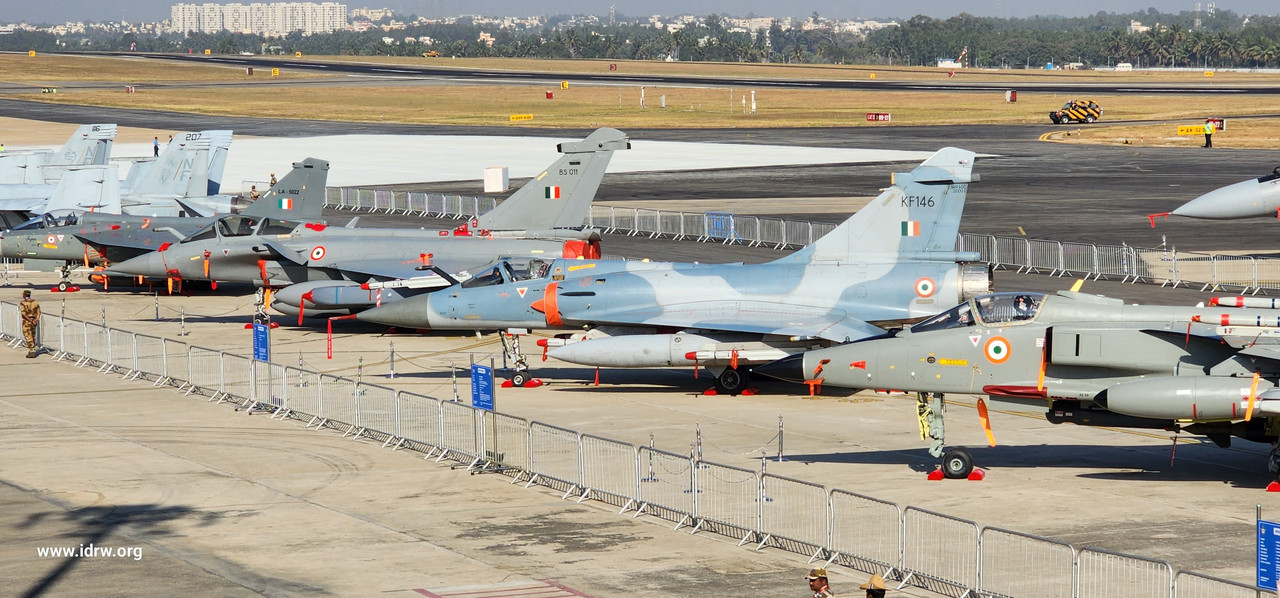
French aviation giant Dassault is caught in a conundrum. With a staggering backlog of 211 Rafale fighter jets 141 for export and 70 for the French Air Force by the end of 2023, the company is yearning to ramp up production to meet the surging demand. However, a combination of factors threatens to turn this ambition into a ten-year wait for deliveries.
Dassault aspires to increase production from the current rate of 13 jets per year to 20. This would significantly reduce the backlog, but even at this pace, clearing the current queue would take a decade. Potential new customers, particularly those seeking swift deliveries, might be discouraged by this extended wait time.
Continue readingSOURCE: RAUNAK KUNDE / NEWS BEAT / IDRW.ORG
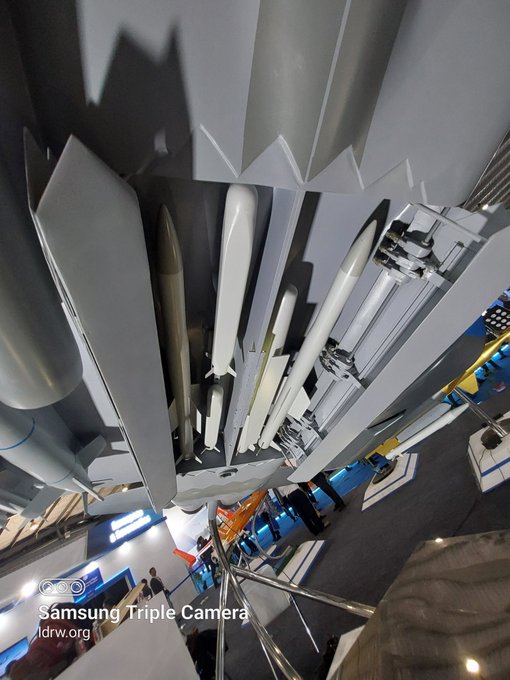
India’s ambitious AMCA (Advanced Medium Combat Aircraft) program is taking a significant leap forward with state-owned MIDHANI and DRDO’s Defence Metallurgical Research Laboratory (DMRL) at the forefront of developing next-generation alloys for its stealthy aerostructures. These cutting-edge materials will be instrumental in making the AMCA a formidable 5th-generation fighter jet, evading enemy radar detection.
MIDHANI is no stranger to contributing to India’s indigenous aircraft development. They have already successfully developed and supplied crucial materials for the AMCA program, including 12 slabs of titanium. This showcases their expertise in crafting specialized alloys that meet the demanding specifications of advanced fighter jets.
Continue readingSOURCE: AFI
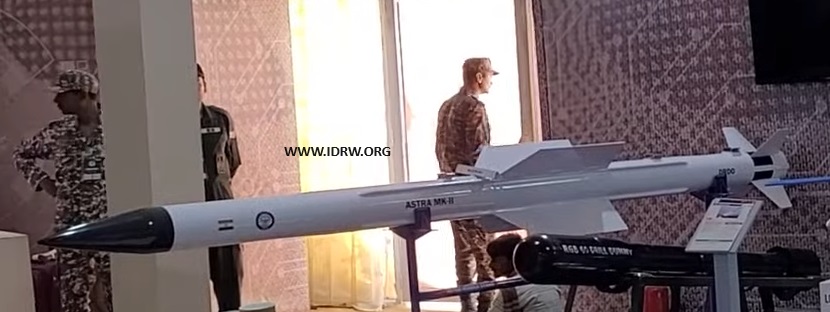
India’s upcoming Astra MKII Beyond-Visual-Range Air-to-Air Missile (BVRAAM) was indeed showcased at the Exercise Bharat Shakti in Pokhran, Rajasthan, on March 12, 2024. This marks a significant development in India’s indigenous air defense capabilities.
The Astra MKII BVRAAM, boasting a range of 160 kilometers, is still under development. However, upon completion, it is poised to become the mainstay of India’s air-to-air missile arsenal in the coming years. This indigenous weapon system will provide the Indian Air Force with a critical edge in beyond-visual-range aerial engagements.
Continue readingSOURCE: IDRW.ORG TEAM.
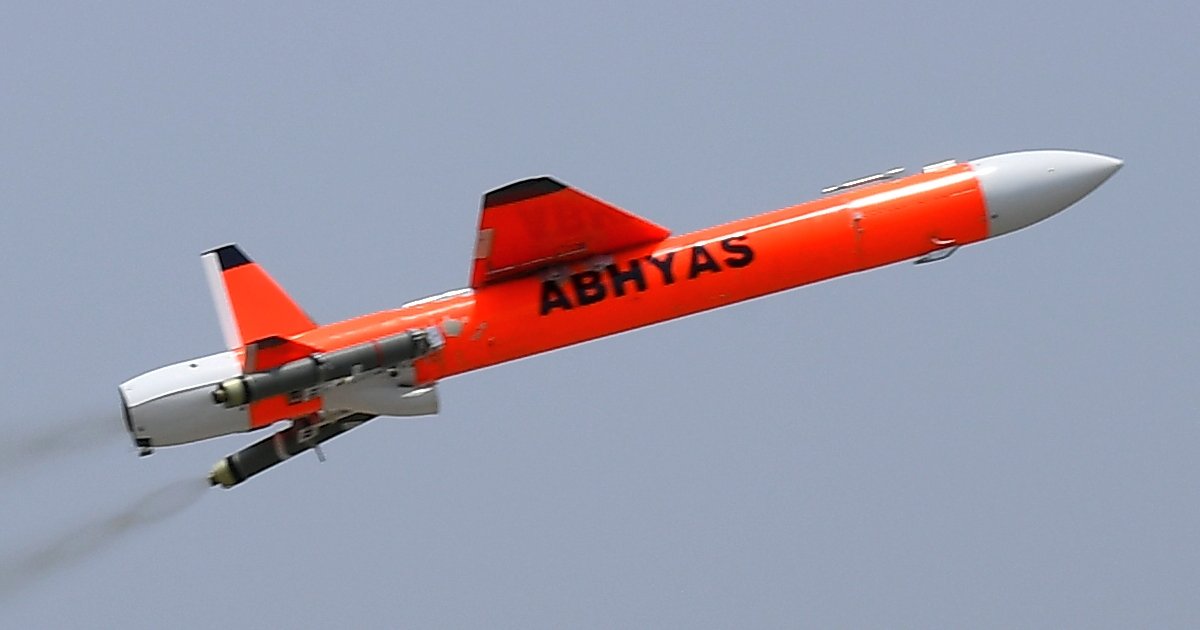
India’s Defence Research and Development Organisation (DRDO) has achieved a significant milestone with the successful completion of recent flight trials of the high-speed expendable aerial target (HEAT) named ‘ABHYAS.’
Conducted at the Integrated Test Range in Odisha, the trials focused on achieving key mission objectives. This included validating the effectiveness of a revised, robust configuration utilizing a single booster design. This streamlined approach not only reduces complexity but also paves the way for cost-effective production.
Continue readingSOURCE: IDRW.ORG TEAM.
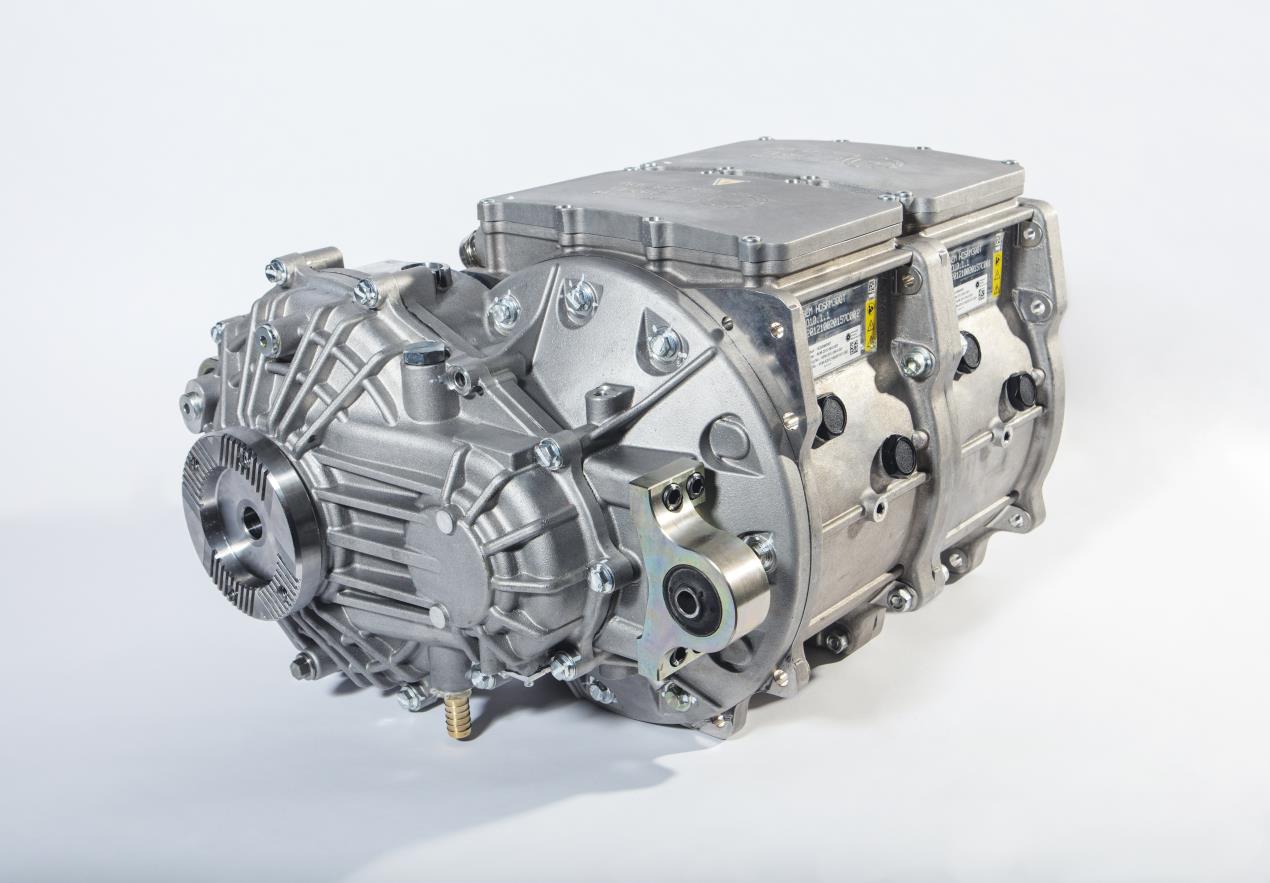
Indian jet engine startup Dg Propulsion Private Limited (DPPL) has achieved a significant milestone with its second patent, titled “A Power System for a Hybrid Electric Vehicle Comprising Micro Gas Turbine and Fuel Cell.” This innovative technology holds the potential to revolutionize the future of mobility by offering enhanced efficiency, reduced emissions, and a cleaner environment.
According to DPPL founder Prateek Dhawan, “The integration of a micro gas turbine and fuel cell in a hybrid electric vehicle promises enhanced efficiency, reduced emissions, and a cleaner future for mobility.” This hybrid system combines the best of both worlds: a fuel cell provides a quick response like a battery, while a micro gas turbine extends the vehicle’s range significantly.
Continue readingSOURCE: IDRW.ORG

In a development raising concerns, a Pakistani Navy ship, PNS Rizwan (A294), has been spotted undertaking an inward journey from China. While the exact purpose of the voyage remains unclear, analysts believe it could be linked to intelligence gathering activities in the Arabian Sea.
The ship’s features, as reported by Open Source Naval Intelligence Tracker (OSNIT), point towards potential espionage applications. The presence of tracking radars suggests the vessel might be equipped for telemetry and intelligence collection.
Continue readingSOURCE: AFI
:quality(70)/cloudfront-us-east-1.images.arcpublishing.com/archetype/4GCO24O3TZFPJO3WZ5ZTOYH3QA.jpg)
A recent commentary by Dr. Zafar Nawaz Jaspal, a Pakistani analyst and professor, sheds light on how Pakistan perceives India’s successful test of the Agni-V missile equipped with Multiple Independently Targetable Reentry Vehicle (MIRV) technology.
Dr. Jaspal, writing for Arab News, expresses concern over the implications of this test for Pakistan’s security. He argues that the MIRV technology increases India’s offensive capabilities, bringing cities like Beijing, Shanghai, and Islamabad within range of a single missile launch.
Continue readingSOURCE: RAUNAK KUNDE / NEWS BEAT / IDRW.ORG

Nearly twelve years have passed since India first tested its Agni-V Intercontinental Ballistic Missile (ICBM) in 2012, marking a significant milestone in the country’s strategic defense capabilities. Since then, the Agni missile series has undergone several advancements, culminating in the recent testing of the Agni-V Multiple Independently Targetable Re-entry Vehicle (MIRV) variant in 2024.
The journey of the Agni missile series began with the testing of the Agni-V ICBM in 2012, providing India with the capability to strike targets anywhere within mainland China. Despite capping its range at 5000km initially, subsequent advancements and modifications have enhanced the missile’s capabilities significantly. Though officially capped at 5,000 km, analysts believe the technology could potentially reach 8,000 km with a lighter payload.
Continue readingSOURCE: RAUNAK KUNDE / NEWS BEAT / IDRW.ORG
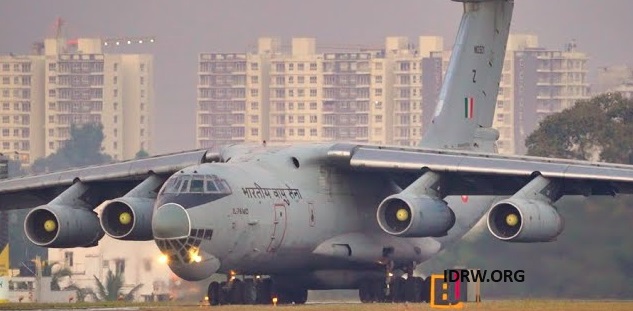
India’s fleet of IL-76 heavy transport aircraft, procured from the Soviet Union in the 1980s, are nearing the end of their service life. To address this, India is in discussions with Russia to undertake a significant overhaul program.
The IL-76 fleet, nearing 40 years of service, faces issues with Low availability due to Existing D-30KP engines that contribute to limited operational time along with that it also has Outdated avionics that are Incompatibility with modern civilian air traffic control systems that restricts its operation in international airspace.
Continue readingSOURCE: RAUNAK KUNDE / NEWS BEAT / IDRW.ORG

India’s Defence Research and Development Organisation (DRDO) recently showcased a new weapon system at Exercise Bharat Shakti: a 250kg High-Speed Low Drag (HSLD) bomb equipped with a Range Extension Kit (REK).
The REK extends the operational range of the HSLD bomb, allowing Indian Air Force (IAF) pilots to engage targets from a safer distance. The REK integrates with the HSLD bomb’s existing guidance systems, including GPS and Inertial Navigation System (INS), for precise targeting.
Continue readingSOURCE: AFI
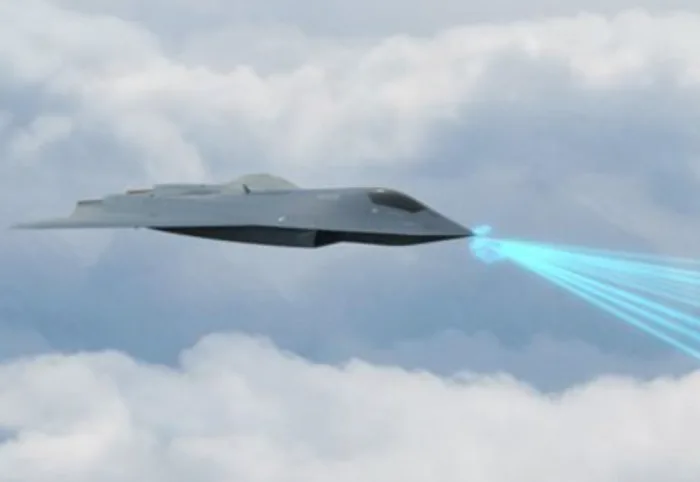
India’s Advanced Medium Combat Aircraft (AMCA) program CCS Clearance is a vital step towards achieving a domestically produced 5th generation fighter jet. But even as this project gains momentum, strategic foresight compels India to consider the next frontier 6th generation fighter development. AMCA program that was officially started in 2008 got funding in 2024, it was 16 years wait, a wait India cant afford if it plans to develop its own 6th gen fighters in future, Here’s why, India needs to get going even while AMCA is under development.
While global aerospace industry is in a constant state of evolution. Many countries have already declared their plans to develop and operate 6th gen fighters and in-around mid 2030’s we should see many entering production on commencing testing. India cant afford to stay behind the curve again in 6th generation too. While the AMCA promises significant advancements, other nations are already pouring resources into 6th generation concepts. Delaying Indian research in this area risks falling behind in critical technologies like:
Continue readingSOURCE: AFI

India’s quest for an indigenous 5th generation fighter jet takes a major stride forward. Krishna Rajendra, Project Director for the Advanced Medium Combat Aircraft (AMCA) at the Aeronautical Development Agency (ADA), has announced plans to develop five prototypes with an ambitious target for the first flight by the end of 2028.
Central to the development phase is the creation of five prototypes. These initial AMCA models will undergo rigorous testing to refine the aircraft’s design and functionalities. This testing will encompass critical systems like avionics, sensors, and overall combat performance, ensuring the AMCA is a true force multiplier when it enters service.
Continue readingSOURCE: IDRW.ORG TEAM.

India’s quest for a homegrown 5th generation fighter jet, the Advanced Medium Combat Aircraft (AMCA), has taken significant strides in recent years. This journey, however, wasn’t without its challenges. The seeds of the AMCA program were sown in 2008 when the Aeronautical Development Agency (ADA) received initial approval for its development.
Recognizing the need for experience in crafting such an advanced aircraft, India opted for collaboration with Russia in 2007. The plan was to co-develop a stealth fighter based on the Su-57. This joint venture, christened the Fifth Generation Fighter Aircraft (FGFA) program, faced roadblocks. The Indian Air Force (IAF) expressed concerns about the engine capabilities and overall stealth design offered by the Su-57 platform.
Continue readingSOURCE: IDRW.ORG TEAM.

The Indian Space Research Organisation (ISRO) is taking a bold step towards the future of rocket propulsion, announcing a collaborative effort with Hindustan Aeronautics Limited (HAL) and the National Aerospace Laboratories (NAL) to develop hybrid and electric propulsion systems. This tripartite initiative signifies India’s commitment to innovation and self-reliance in the space sector.
This move comes on the heels of ISRO’s successful 2022 test of a 30 kN hybrid rocket motor, demonstrating the organization’s potential in this exciting new technology. Hybrid rockets combine solid fuel with a liquid oxidizer, offering several advantages over traditional propulsion systems.
Continue readingSOURCE: AFI
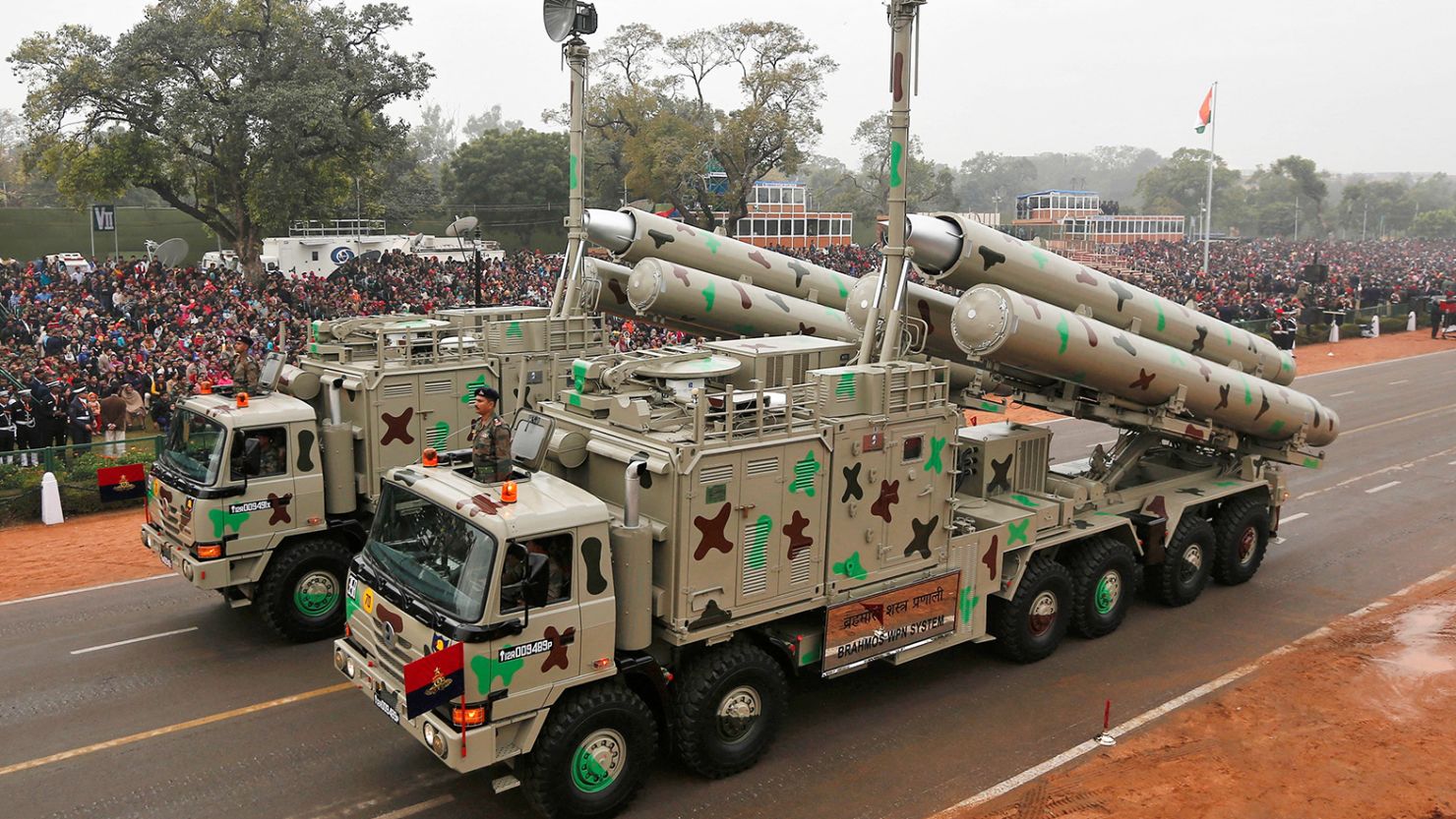
Russia has refuted Western media reports suggesting India is abandoning its reliance on Russian weaponry. In a recent interview, the Russian Ambassador to India, Denis Alipov, highlighted India’s continued production of Russian-designed T-90 tanks and Su-30MKI fighter jets under license agreements.
Ambassador Alipov emphasized that India has already produced nearly 1,000 T-90 tanks and 300 Su-30MKI aircraft, signifying a strong and ongoing military partnership between the two nations. He contrasted Russia’s approach with Western countries, claiming Russia offers full transfer of advanced military technology to India, unlike potential limitations imposed by other arms suppliers.
Continue reading